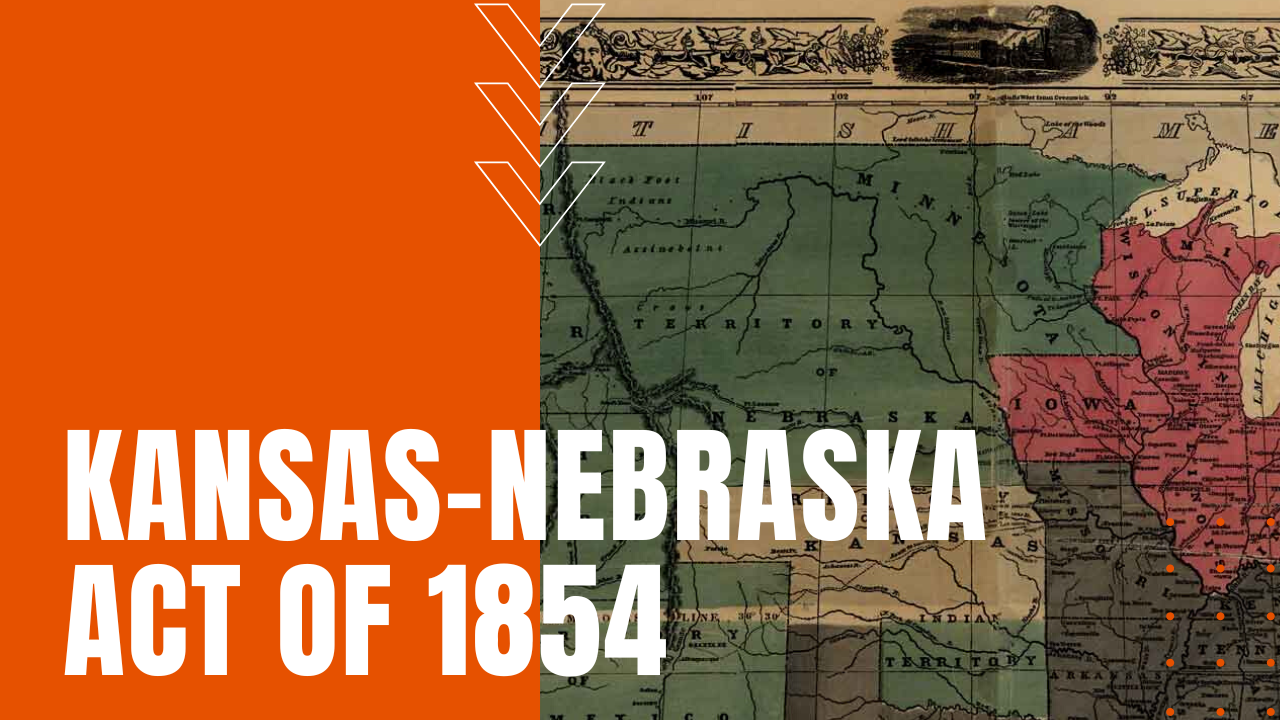Kansas-Nebraska Act of 1854

After gold was discovered in California, the territory’s petition to become a slave-free state upset the teetering balance between free and slaveholding states, leading Senators Henry Clay and Steven Douglas to push through the Compromise of 1850, which allowed California to enter the Union as a free state, while the future states of Utah, New Mexico, Nevada and Arizona were left to decide the issue of slavery by individual statewide voting known as “popular sovereignty.”
Fugitive Slave Act
To further sweeten the deal for slave-owning Southern legislators, the Fugitive Slave Act mandated free states to capture and remand runaway slaves to their southern owners—a crucial part of the Compromise of 1850, which in turn galvanized abolitionists in their quest to outlaw slavery in the United States and her territories. Known as the “Little Giant,” Illinois Senator Steven Douglas lobbied his peers for a northern route for the first transcontinental railroad, bisecting the future states of Kansas and Nebraska, which were acquired from France after the Louisiana Purchase of 1803.
Opposed by Abolitionists
Despite heavy opposition by abolitionists and Free Soilers, the later opposing the extension of slavery into any new territory, Congress passed the Kansas-Nebraska Act, creating the territories of Kansas and Nebraska under the edicts of popular sovereignty, at the same time repealing the Missouri Compromise of 1821, which outlawed slavery in territories north of the 36th parallel.
Signed Into Law
The bill was signed into law by President Franklin Pierce on May 30th, 1854, which quickly inspired pro and antislavery activists to invade Kansas for a series of violent clashes now known as “Bleeding Kansas.”
As the sectional divides over slavery intensified in the wake of the Kansas-Nebraska Act, the bill proved to be the death knell of the once dominant Whig Party, which collapsed just as abruptly as its meteoric rise to power in 1834.
Formation of Republican Party
Leading Whig legislators such as Thaddeus Stevens, William Seward and Abraham Lincoln switched to the newly-formed Republican party, while conservative anti-immigrant, nativist proponents followed Millard Fillmore into the Know Nothing Party, making the Kansas-Nebraska Act, one of the final ignition points before a nation’s devolution into Civil War.
